Common Name(s): Australian blackwood, Tasmanian blackwood, Acacia blackwood
Scientific Name: Acacia melanoxylon
Distribution: Native to Tasmania and eastern Australia; also introduced to Africa, South America, and southern Asia
Tree Size: 65-100 ft (20-30 m) tall,
2-3 ft (.6-1 m) trunk diameter
Average Dried Weight: 40.0 lbs/ft3 (640 kg/m3)
Specific Gravity (Basic, 12% MC): 0.54, 0.64
Janka Hardness: 1,160 lbf (5,180 N)
Modulus of Rupture: 15,020 lbf/in2 (103.6 MPa)
Elastic Modulus: 2,148,000 lbf/in2 (14.82 GPa)
Crushing Strength: 7,770 lbf/in2 (53.6 MPa)
Shrinkage: Radial: 3.9%, Tangential: 7.9%,
Volumetric: 11.9%, T/R Ratio: 2.0
Color/Appearance: Color can be highly variable, but tends to be medium golden or reddish brown, similar to koa or mahogany. There are usually contrasting bands of color in the growth rings, and it is not uncommon to see boards with ribbon-like streaks of color. Boards figured with wavy and/or curly grain are also not uncommon.
Grain/Texture: Grain is usually straight to slightly interlocked, and sometimes wavy. Uniform fine to medium texture.
Rot Resistance: Rated as moderately durable regarding decay resistance, though susceptible to insect attack.
Workability: Australian blackwood is easily worked with both hand and machine tools, though figured wood and pieces with interlocked grain can cause tearout. Australian blackwood turns, glues, stains, and finishes well, though two-part catalyzed finishes can sometimes be slowed in their curing. Responds well to steam bending. Reported to have good impact resistance.
Odor: No characteristic odor.
Allergies/Toxicity: Although severe reactions are quite uncommon, Australian blackwood has been reported as a sensitizer. Usually most common reactions simply include eye, skin, and respiratory irritation, as well as asthma-like symptoms. See the articles Wood Allergies and Toxicity and Wood Dust Safety for more information.
Pricing/Availability: Although Australian blackwood is considered an invasive species and a pest in some areas, the lumber is still fairly expensive, and figured wood can be very expensive. Nonetheless, it has been used as a lower-cost alternative to the even costlier Hawaiian koa (Acacia koa).
Sustainability: This wood species is not listed in the CITES Appendices or on the IUCN Red List of Threatened Species. Moreover, it is considered an invasive species in some areas (see notes and references below).
Common Uses: Veneer, furniture, cabinetry, musical instruments, gunstocks, turned objects, and other specialty wood objects.
Comments: Although called ‘blackwood,’ the name is somewhat of a misnomer, as its wood is not really black. Rather, its lustrous golden brown grain has been used as a sustainable alternative to the closely related koa (Acacia koa). The species has been introduced to a number of regions worldwide—either as an ornamental shade tree, or on a plantation for lumber—and in many areas, the hardy trees have become an invasive species.[1]Souza-Alonso, P., Rodríguez, J., González, L., & Lorenzo, P. (2017). Here to stay. Recent advances and perspectives about Acacia invasion in Mediterranean areas. Annals of Forest … Continue reading[2]Hussain, M. I., González, L., Souto, C., & Reigosa, M. J. (2011). Ecophysiological responses of three native herbs to phytotoxic potential of invasive Acacia melanoxylon R. Br. Agroforestry … Continue reading
Australian blackwood is very closely related to koa, a species endemic to the island of Hawaii. Acacia melanoxylon is believed to be the ancestral source of both A. koa, and also highland tamarind (Acacia heterophylla)—another island species—endemic to Reunion island.[3]Le Roux, J. J., Strasberg, D., Rouget, M., Morden, C. W., Koordom, M., & Richardson, D. M. (2014). Relatedness defies biogeography: the tale of two island endemics (Acacia heterophylla and A. … Continue reading On a practical level, the wood of Australian blackwood tends to have a straighter grain, and slightly better machining characteristics when compared to koa. However, while pieces of koa with dramatic coloration and figured or wild grain tend to be more commonplace, on the whole, the two species are virtually indistinguishable. (See notes on identification below.)
Images: Drag the slider up/down to toggle between raw and finished wood.
A special thanks to Steve Earis for providing a wood (veneer) sample of this wood species.
Identification: See the article on Hardwood Anatomy for definitions of endgrain features.
Porosity: diffuse porous
Arrangement: solitary and radial multiples
Vessels: large, few to very few
Parenchyma: vasicentric
Rays: narrow width, normal spacing; can be reddish color that blends in with surrounding wood fibers
Lookalikes/Substitutes: Hawaiian koa (Acacia koa) is anatomically indistinguishable from Australian blackwood, at least on a macroscopic level. (When viewed under microscope, about 50% of the rays in koa are uniseriate, while Australian blackwood’s rays are only about 20% uniseriate.)
Notes: Heartwood fluoresces under blacklight.
Related Content:
References[+]
| ↑1 | Souza-Alonso, P., Rodríguez, J., González, L., & Lorenzo, P. (2017). Here to stay. Recent advances and perspectives about Acacia invasion in Mediterranean areas. Annals of Forest Science, 74(3), 1-20. |
|---|---|
| ↑2 | Hussain, M. I., González, L., Souto, C., & Reigosa, M. J. (2011). Ecophysiological responses of three native herbs to phytotoxic potential of invasive Acacia melanoxylon R. Br. Agroforestry systems, 83(2), 149-166. |
| ↑3 | Le Roux, J. J., Strasberg, D., Rouget, M., Morden, C. W., Koordom, M., & Richardson, D. M. (2014). Relatedness defies biogeography: the tale of two island endemics (Acacia heterophylla and A. koa). New Phytologist, 204(1), 230-242. |

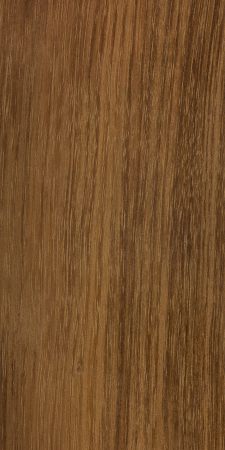
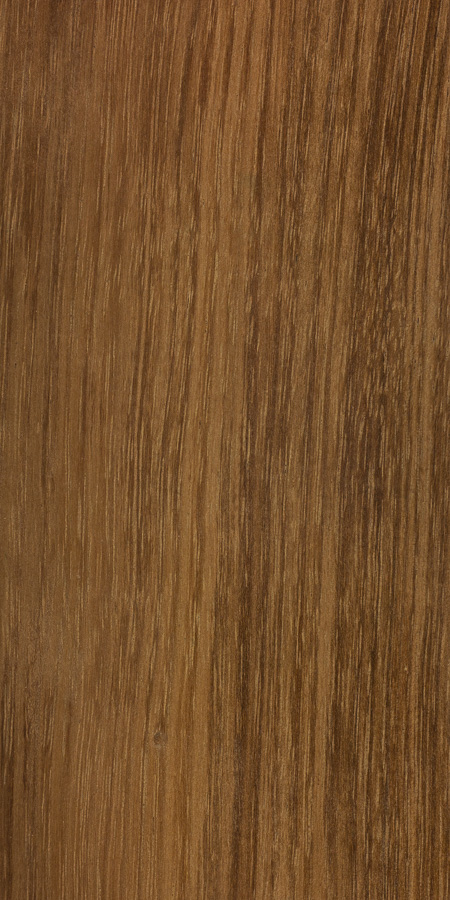
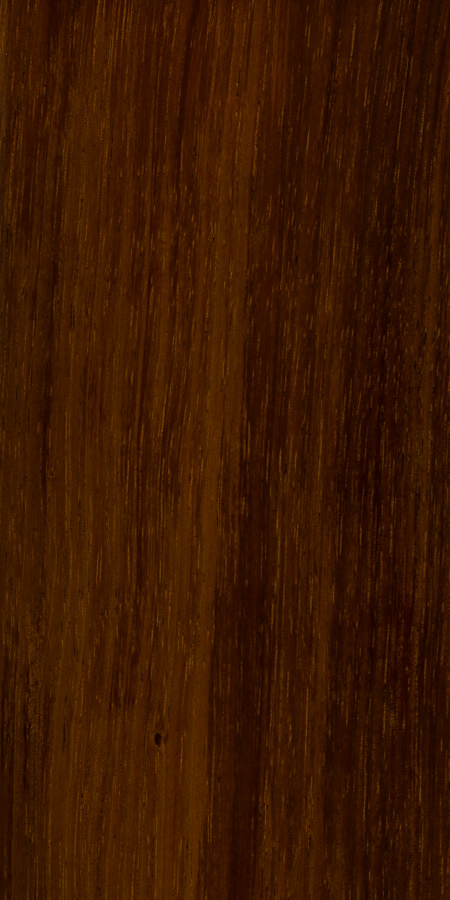
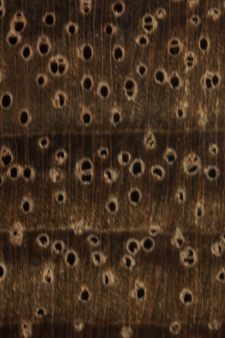

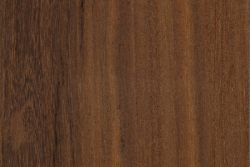
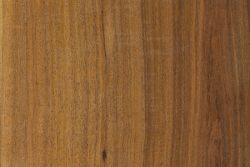
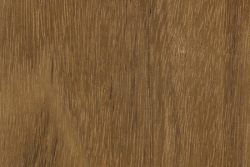
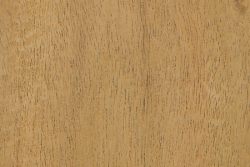
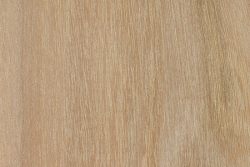
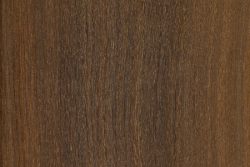
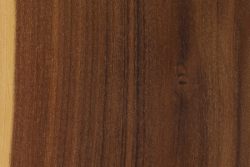
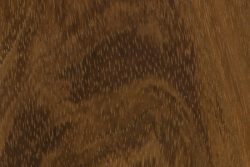
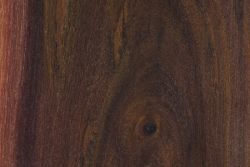
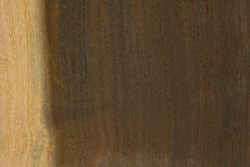
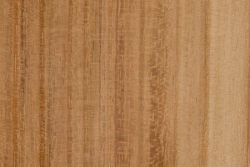
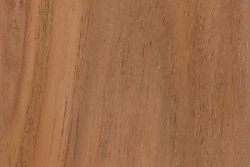
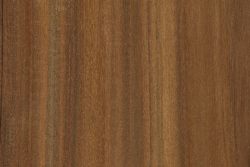
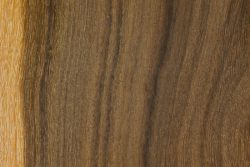
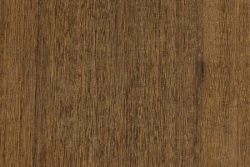
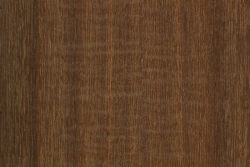
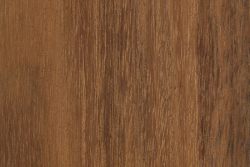
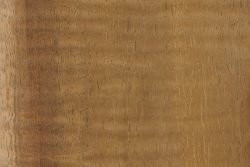
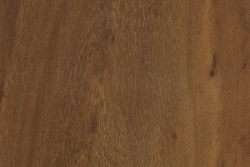
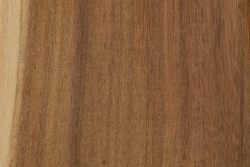
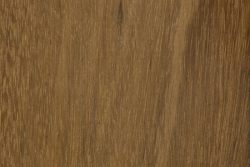
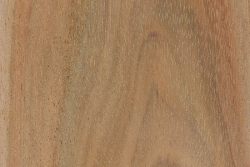
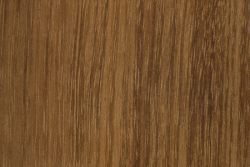
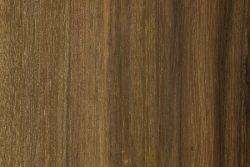
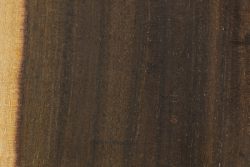
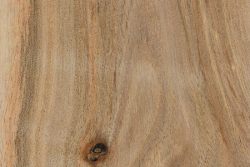
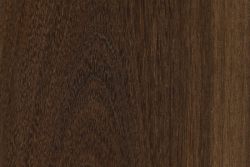
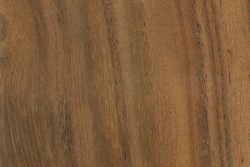
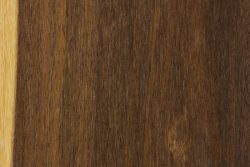
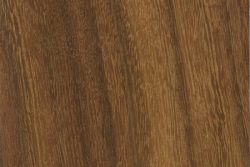
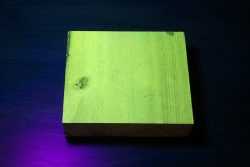

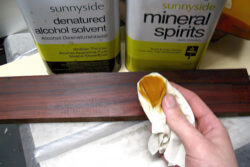
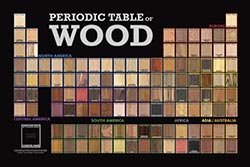





Australian blackwood it as a faith smell while being worked, don’t know how to describe the smell.
If you use a drum sanders to finish this wood take very light passes or the wood will burn the sandpaper straight away.
Is this able to be coated in gloss finish to highlight the grain in outdoor applications?
Yes, just make sure it’s a good protective finish for the weather. Gorgeous wood and can cost up to $5,000/m3 when seasoned.
Hi We cut 40 odd Tasmanian Blackwood logs late last year (40cm – 90cm diameter) and I am planning to mill them next month. I’m thinking of cutting some 150 x 30 boards then kiln drying and dressing them to use for decking timber. Any advice or comments on whether this would work would be appreciated?
Would be highly appreciated. Mature blackwood is some of the most beautiful and richly coloured wood to look at. 90cm diameter is extremely large and rare for these (although not unheard of). They usually stop growing and die/fall at about 40cm diameter.
Julia, I can see the pearly reflection. It s tipical of the Acacia
Hi, I’m hoping someone will be able to confirm if this is Australian Blackwood or maybe something else?
Hi Julia,
identifying timber from a photo is very risky. Yours could be anything, but some parts of it are consistent with Blackwood.
Hi, we have Acacia melanoxylon in our forest in NW Spain (also a pest here!) and we made a wood cabin’s structure with them and I wonder now in light of reading about suscpetibility to insects if it is wise to use it again in another building I have planned. The Acacia was used only for the structure as beams for the side walls and roof support, and it is not exposed to the exterior elements (I understand it does not do well as an exterior wood). I also have rubinia, american oak, chestnut tres and atlantic cedar in the… Read more »
It doesn’t look like Acacia Melanoxylon to me. The insects usually attack the sap wood which is either white or a shade of white. Here in Tasmania the eggs of the insects are laid in or just below the bark. Kiln drying the timber has a very good chance of destroying the eggs. I see some comments about Blackwood not being black in colour. We have some in our shop which is very close. In my opinion it relates to the age of the trees. We have some Blackwood timber which was cut from trees salvaged off a farm and… Read more »
Hi Anne,
In Australia only the white sapwood is susceptible to pinhole borers etc. The heartwood should be good to use.
David (PhD botany)
I made a coffee table with it, came out pretty good for a first timer. Would have liked to get a better finish.
I am a cabinetmaker and for years during my apprenticeship I went home with “black” hands, I tried scrubbing with soap, bleach, vinegar and finally lemon juice which worked miraculously, I did end suffering asthma from constant use, so be careful. Beautiful character and colour and became called Australian teak.
Its as good, if not better (finer texture), than KOA (Acacia koa from Hawaii) especially when figured, The coller climate grown wood (eg from Tasmania) I have found is best, it show beautiful (HIGH luster and often with excellent fiddleback. A excellent cabinet and box wood. Sharp tools are needed as it can burn and can be wooly.
I really like the finished wood, but one complaint is the ‘silica’ like quality to the wood. This means a great deal of sharpening tools and slower to work. I wonder if anyone else has had the same experience. Acacia melanoxylon is certainly a weed here in California.
Hi,
I believe that the term ‘blackwood’ comes not so much from the colour of the timber but (according to an old lumber-hand I met in Tasmainia) the high levels of tanin in the timber resulting in dark brown to black stains on the woodworkers hands. Have you heard of this theory before? I can certainly attest to the black stains on my hands having worked with this species extensively. By the way, this is an excellent website and I am grateful to persons such as yourself for providing such clear and concise information on the web.
Regards,
Mick.
Mick, I am a cabinetmaker and for years during my apprenticeship I went home with “black” hands, I tried scrubbing with soap, bleach, vinegar and finally lemon juice which worked miraculously, I did end suffering asthma from constant use, so be careful. Beautiful character and colour and became called Australian teak.